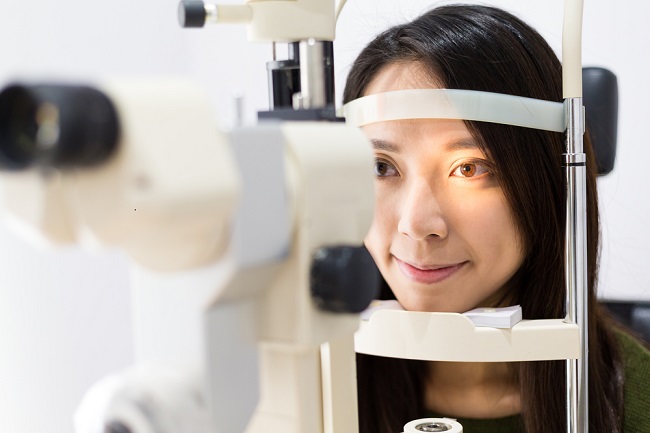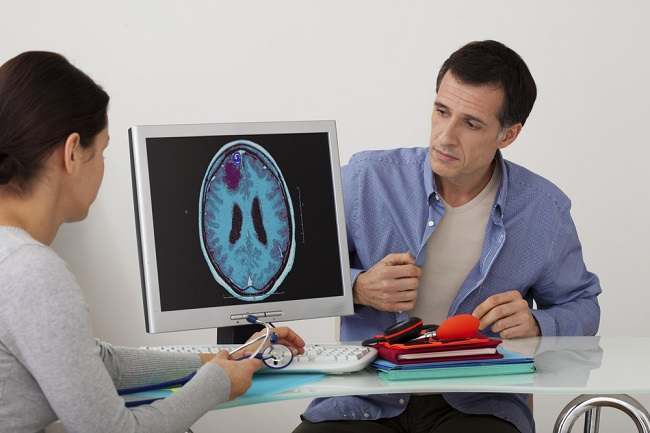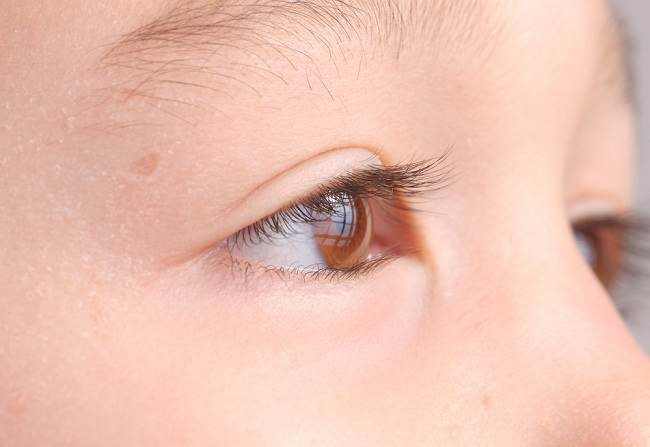Cynophobia is an excessive and irrational fear of dogs that occurs continuously. Cynophobia is one of the common phobias experienced by many people. If you are one of them, don't worry, because cynophobia can be overcome.
Cynophobia is a type of specific phobia (phobia of specific objects, animals, activities, or situations). Cynophobia generally characterized by panic, anxiety, or fear, which is excessive when around the dog or even just thinking about this animal.

Causes and Risk Factors Cynophobia
Below are some of the common causes and risk factors for a person to experience: cynophobia or a phobia of dogs:
- Have had a bad experience with dogs in the past, for example being chased or bitten by a dog
- Have close family who are also phobic of dogs
- Knowing stories or negative information about dogs, for example having read news about dog attacks
Symptom Cynophobia
One can be said to be suffering cynophobia when he has symptoms cynophobia for at least 6 months. The following are symptoms that are commonly experienced by sufferers: cynophobia:
Physical symptoms:
- Difficult to breathe
- Fast heart rate
- Pain or tightness in the chest
- Shaky
- Dizzy
- Stomach ache
- Sweating
- Shivering or feeling hot
Emotional symptoms:
- Feeling panicked or anxious
- Feeling like running away from a situation that triggers fear
- Feeling about to faint or die
- Losing self control
In addition, there are some typical symptoms cynophobia what happens to children, namely tantrums, crying, or not wanting to move away from the person who accompanies them when there are dogs around.
Handling Cynophobia
To diagnose cynophobia, first a psychologist or psychiatrist will review your symptoms, as well as perform a physical examination.
If a psychologist or psychiatrist diagnoses that you suffer from cynophobia, There are several treatments that might be done to deal with cynophobia, among others:
1. Desensitization therapy
Desensitization therapy or exposure therapy is one of the best therapies for treating phobias. This therapy is done to help you fight and face your fear of something, in this case the fear of dogs.
Desensitization therapy is done by placing you in situations that make you afraid, but gradually. For example, you will first be asked to view a picture or video of a dog.
Then, when you get used to it, the therapy will be increased, for example by showing the dog directly on the leash, and so on until you get used to the presence of dogs around you.
2. Cognitive behavioral therapy
Cognitive behavioral therapy is a type of therapy used to identify and review your fears as well as the best way to overcome them.
This therapy is done by exploring your feelings, thoughts, behaviors, and beliefs. Not only that, you will also be taught to control and change the negative thoughts that usually arise when you are faced with a situation that makes you afraid, so that you can be calmer in dealing with the situation.
3. Medicines
Generally, the two therapies above are sufficient to treat cynophobia. However, sometimes a psychiatrist will prescribe anti-anxiety medication and antidepressant medication to reduce the anxiety or panic symptoms you experience as a result. cynophobia.
With proper care and handling cynophobia Of course it can heal, but it may take time and patience to live it. Therefore, if you experience any of the following symptoms: cynophobia, You should immediately consult a psychologist or psychiatrist.









